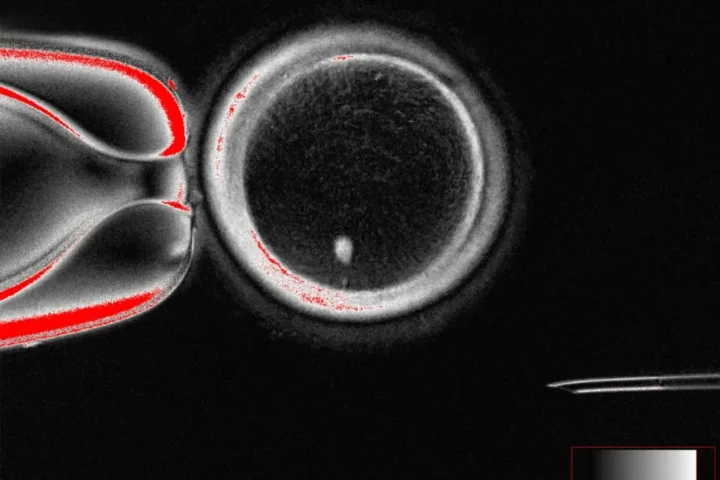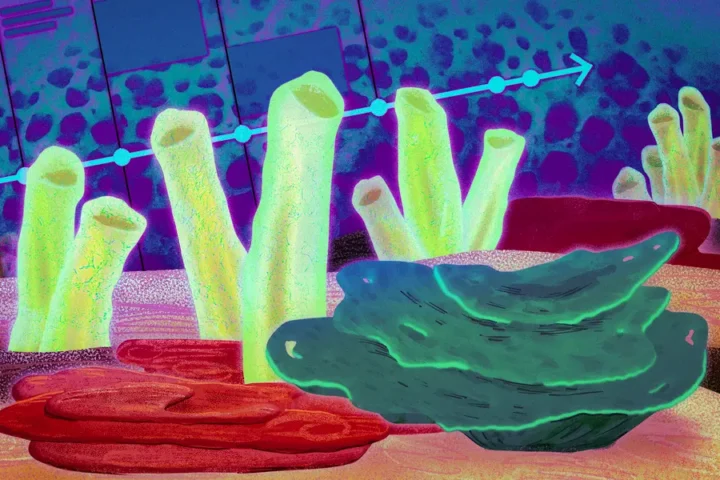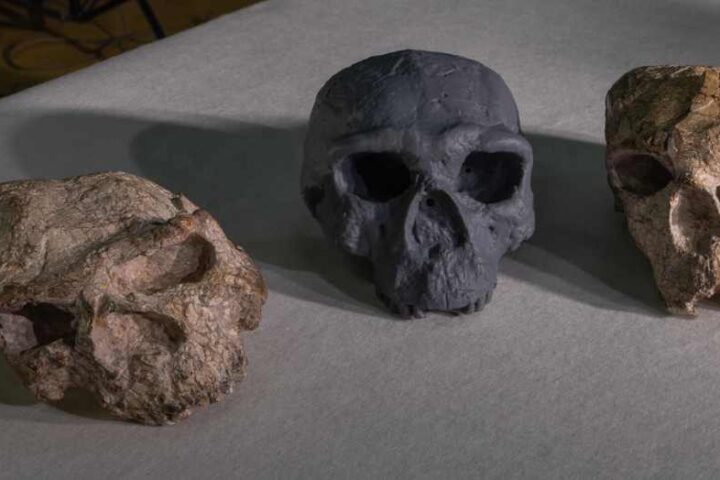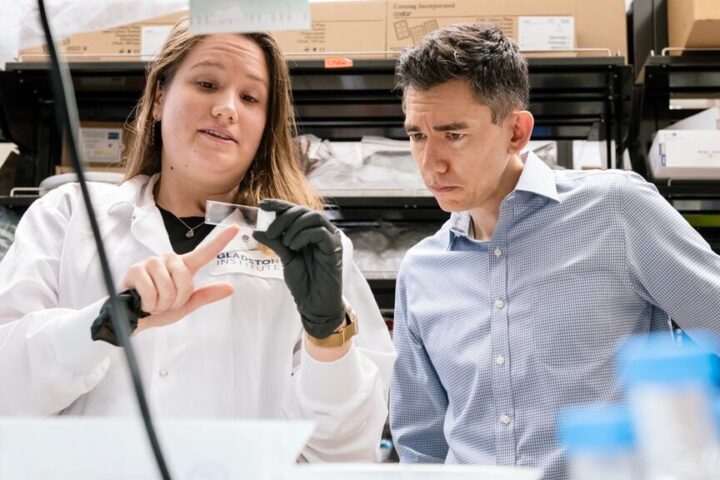Could Lithium Explain — and Treat — Alzheimer’s Disease?
Harvard study shows lithium loss ignites Alzheimer’s, but lithium compound can reverse disease in mice
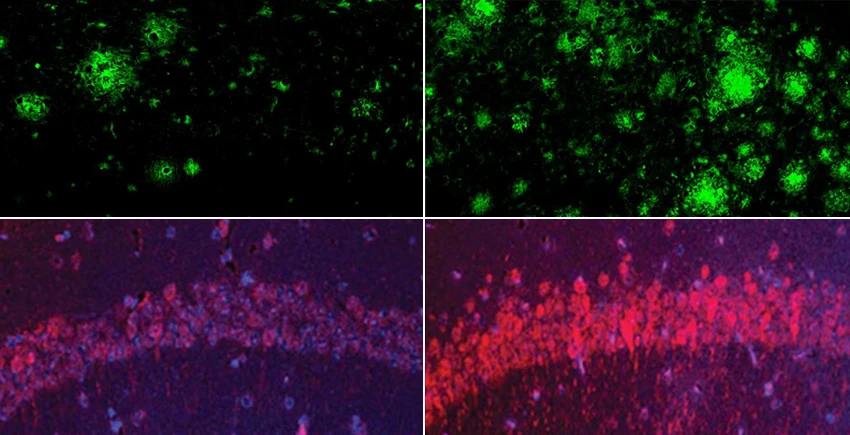
A decade-long investigation at Harvard Medical School published in Nature this August has identified something unexpected: lithium, the same element used in batteries and mood stabilizers, exists naturally in healthy brains and appears critical for preventing Alzheimer’s disease.
Dr. Bruce Yankner’s team analyzed brain tissue from thousands of donors across the cognitive health spectrum through the Rush Memory and Aging Project. Using advanced mass spectroscopy to measure about 30 different metals, they found lithium was the only one markedly different between cognitively healthy people and those with mild impairment or full Alzheimer’s. Healthy donors had high lithium levels. Those with impairment had greatly diminished levels.
The finding aligns with earlier population studies linking higher environmental lithium exposure, including in drinking water, to lower dementia rates. But this research went further: it established that lithium plays an essential biological role without being administered as medication. Think of it like iron or vitamin C — a nutrient the brain needs.
Three Major Discoveries
What this 10-year study revealed about lithium and brain health
Lithium Essential for Brain Function
First study to show lithium occurs naturally in the brain and plays an essential role in protecting against neurodegeneration and maintaining normal function of all major brain cell types.
Depletion Drives Disease
Lithium loss in the human brain is one of the earliest changes leading to Alzheimer’s. Amyloid plaques bind to and trap lithium, reducing its availability for critical brain functions.
New Compound Reverses Damage
Lithium orotate avoids capture by amyloid plaques and reversed Alzheimer’s pathology in mice at just one-thousandth the dose of standard lithium treatments, without toxicity.
The research team took their findings from observation to causation through mouse studies. When healthy mice were fed lithium-restricted diets, their brain lithium dropped to levels seen in Alzheimer’s patients. These mice developed accelerated aging: brain inflammation, lost connections between neurons, and cognitive decline. In mice engineered to develop Alzheimer’s-like symptoms, lithium depletion dramatically sped up amyloid plaque and tau tangle formation.
The mechanism became clear: amyloid plaques physically bind lithium, trapping it. This prevents lithium from supporting microglia — immune cells that normally clear amyloid — creating a destructive cycle. With lithium unavailable, microglia cannot perform their cleanup duties, allowing plaques to accumulate further. Similar mechanisms have been observed in research on viral contributions to Alzheimer’s risk.
Standard lithium carbonate, prescribed for bipolar disorder, also gets captured by plaques. Previous clinical trials testing it for Alzheimer’s showed modest results but required high doses that can be toxic to older adults. The team developed a screening platform to find compounds that evade amyloid capture. Lithium orotate emerged as the most effective.
What Happens When Lithium Is Lost?
Explore the impact on brain tissue, neuron protection, and cognitive function
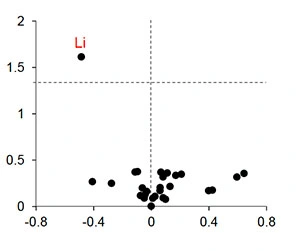
How Lithium Depletion Triggers Alzheimer’s
A step-by-step breakdown of the disease process
Early Stage: Amyloid Forms
Beta-amyloid protein begins forming deposits in the brain during early stages of dementia. This happens before symptoms appear.
Lithium Gets Trapped
Amyloid plaques bind to lithium molecules, sequestering them away from brain cells. This reduces lithium’s function throughout the brain.
Brain Cells Affected
Lower lithium levels affect all major brain cell types. Microglia (immune cells) cannot clear amyloid properly. Inflammation increases.
Cascade of Damage
Loss of synaptic connections, thinning of myelin, formation of tau tangles, and damage to neurons accelerates. Memory decline begins.
Alzheimer’s Develops
Full spectrum of Alzheimer’s changes emerge: extensive plaques and tangles, widespread brain cell damage, cognitive decline, and memory loss.
When mice received lithium orotate at one-thousandth the clinical dose of lithium carbonate, results were dramatic. The treatment reversed disease pathology, prevented brain cell damage, and restored memory even in older mice with advanced disease. Mice treated nearly their entire adult lives showed no toxicity. This approach shares similarities with other emerging treatments, such as research on FTL1 protein’s role in memory recovery.
The NIH Research Matters summary notes this study’s potential to shift Alzheimer’s treatment from targeting single symptoms to addressing root causes. Current FDA-approved therapies focus on clearing amyloid plaques but typically do not reverse memory loss and only modestly slow decline. The lithium approach may work differently because it addresses the widespread cellular dysfunction that lithium deficiency causes.
By The Numbers
Key statistics from the research
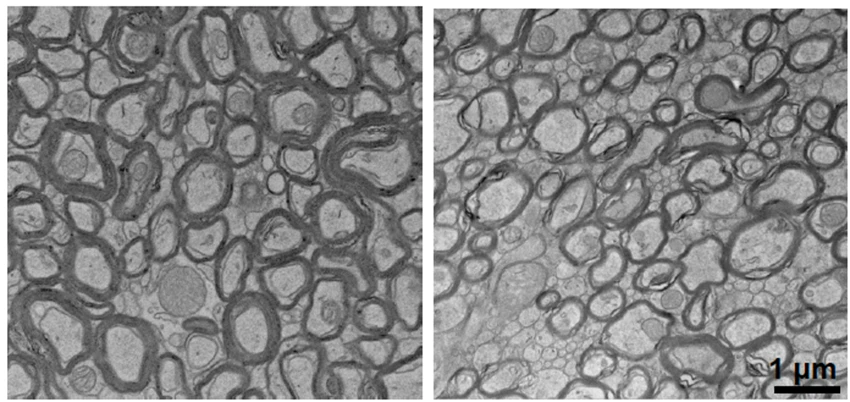
Dr. Ronald Petersen from the Mayo Clinic Alzheimer’s Disease Research Center says it is too early for people to alter their diets or use lithium supplements, but the research “may be a potential insight into one of the therapeutic pathways.” UC Davis professor Rachel Whitmer cautioned that mouse studies do not always translate to humans, though “with the right planning, it can absolutely happen and be successful.”
The team’s findings touch on genetic risk factors too. Lithium deficiency altered activity of genes known to raise or lower Alzheimer’s risk, including APOE, the most well-known genetic risk factor. This suggests lithium may influence how genetic susceptibility translates into actual disease. Understanding these connections parallels research into other modifiable factors, such as fitness and brain function in older adults and magnesium’s protective effects against dementia.
What This Means For You
Six important points to understand about this research
Lithium is a natural nutrient in the brain, like iron or vitamin C. Its levels can be influenced by diet and environment.
Blood tests measuring lithium levels could one day help screen for early Alzheimer’s risk before symptoms appear.
Nuts, seeds, beans, grains, fruits, and vegetables contain lithium. Some tap water also contains trace amounts depending on location.
Do NOT take lithium supplements without medical guidance. This research has not yet been validated in human clinical trials.
This approach may treat the disease more fundamentally than current therapies, potentially reversing cognitive decline rather than just slowing it.
Clinical trials are expected in the near future to test whether lithium orotate is safe and effective in humans.
The findings from this ten-year study at Harvard Medical School represent a potential shift in understanding Alzheimer’s disease. The research, published in Nature, examined brain tissue from thousands of donors and conducted extensive mouse studies. With 57 million people worldwide affected by Alzheimer’s and cases expected to quadruple in some regions by 2036, new research approaches continue to be explored.
Natural dietary sources of lithium include nuts, seeds, beans, whole grains, and many fruits and vegetables. Tap water in some areas also contains trace amounts. However, the study was conducted in mice, and lithium orotate is not FDA-approved for any medical condition. People should not take lithium supplements without consulting healthcare providers, as lithium can be toxic at high doses.
The research team is exploring whether lithium orotate represents the optimal compound or if their screening platform can identify other options. Clinical trials will determine whether this approach translates to humans and whether routine blood tests for lithium levels could enable early risk screening. Additional research continues on related topics, including brain signals that help process memories and creatine’s role in brain health.
Related Brain Health Research
Explore more findings in neuroscience and dementia prevention






